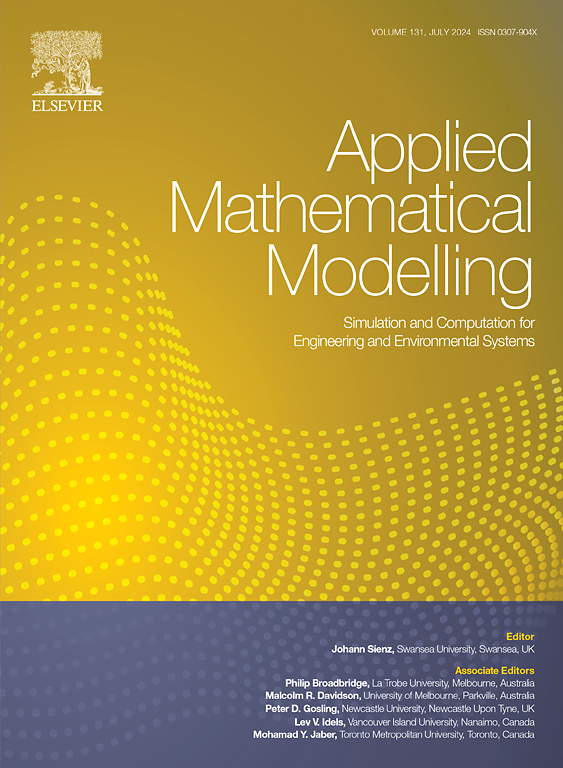Derivation of experimental debonding outputs for FRP-strengthened concrete samples through a fracture energy-based closed-form approach
IF 4.4
2区 工程技术
Q1 ENGINEERING, MULTIDISCIPLINARY
引用次数: 0
Abstract
Numerous bond-slip models have been proposed in the literature to elaborate on the behaviour between concrete and FRP. However, in most of these bond-slip models, the interfacial debonding fracture energy of the bond is not explicit. Furthermore, theoretical derivations of the experimental response of test samples from bond-slip models have often been calibrated with regression constants. This paper provides comprehensive theoretical derivations from the first principle using a bond-slip model with interfacial fracture energy. Thus, the explicit nature of the interfacial fracture energy in the bond behaviour is demonstrated. Moreover, the theoretical derivations eliminate the use of unhinged and statically dependent empirical constants. Furthermore, the presentation of theoretical derivations is showcased, succeeded by a series of sensitivity analyses of bond-slip parameters, accompanied by a comprehensive discussion on the significance of these parameters. Therefore, the analytical derivations with interfacial fracture energy presented in the paper are universal and can be applied to most scenarios where the implicit properties of the bond-slip model are unknown.
求助全文
约1分钟内获得全文
求助全文
来源期刊

Applied Mathematical Modelling
数学-工程:综合
CiteScore
9.80
自引率
8.00%
发文量
508
审稿时长
43 days
期刊介绍:
Applied Mathematical Modelling focuses on research related to the mathematical modelling of engineering and environmental processes, manufacturing, and industrial systems. A significant emerging area of research activity involves multiphysics processes, and contributions in this area are particularly encouraged.
This influential publication covers a wide spectrum of subjects including heat transfer, fluid mechanics, CFD, and transport phenomena; solid mechanics and mechanics of metals; electromagnets and MHD; reliability modelling and system optimization; finite volume, finite element, and boundary element procedures; modelling of inventory, industrial, manufacturing and logistics systems for viable decision making; civil engineering systems and structures; mineral and energy resources; relevant software engineering issues associated with CAD and CAE; and materials and metallurgical engineering.
Applied Mathematical Modelling is primarily interested in papers developing increased insights into real-world problems through novel mathematical modelling, novel applications or a combination of these. Papers employing existing numerical techniques must demonstrate sufficient novelty in the solution of practical problems. Papers on fuzzy logic in decision-making or purely financial mathematics are normally not considered. Research on fractional differential equations, bifurcation, and numerical methods needs to include practical examples. Population dynamics must solve realistic scenarios. Papers in the area of logistics and business modelling should demonstrate meaningful managerial insight. Submissions with no real-world application will not be considered.
 求助内容:
求助内容: 应助结果提醒方式:
应助结果提醒方式:


